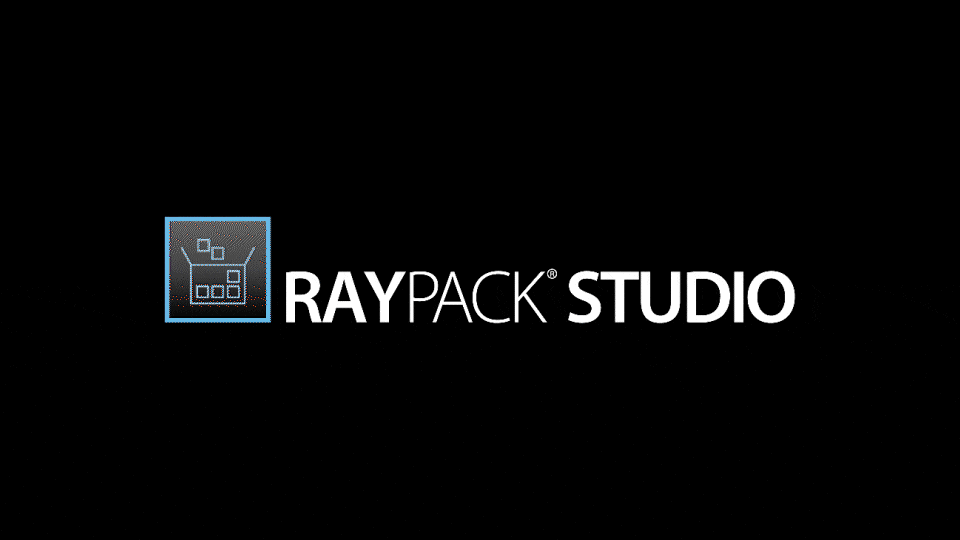Reading time: 4 minutes
Date: June 24th, 2022
We’d be lying if we said we really do in fact want you to stop packaging. We know that it’s still an important aspect of your business, one that ensures that your employees have the tools and applications they need to work and at the same time helps ensure the security and continuity of your processes. Packaging helps you roll out important updates and patches that protect your sensitive data and infrastructure from leaks, gaps, and attacks, and keeps your IT environment up to date and agile. Packaging is an indispensable business practice.
But just because something is indispensable doesn’t mean that it should be complicated and take a lot of time and resources. By using the latest advances in user experience design, you can stop the packaging madness: Why spend time writing scripts, when you should be able to drag and drop your way to patch day. Focus your time, energy, and effort on growing your business instead of just maintaining it. One of the recent advances in packaging technology, MSIX, aims to make software packaging and deployment easier and less resource intensive. By decoupling OS updates, App updates, and customizations, this new packaging format allows you to create and deploy packages that can be reliably installed with almost no disruptions, avoiding failures and installation conflicts. This format is also supported by native capabilities in the operating system.

Software packagers, CSOs, and CFOs want a simple, secure, and cost-saving solution to standardize, automate, and ensure their software packaging and deployment processes.
Does this sound familiar?
But while the MSIX format is the backbone of reliable, high-quality packages, ensuring smoother, more reliable roll outs, it’s not a tool for creating packages. Although support and recognition of the format has increased in the industry over the last few years, the MSIX format still hasn’t seen widespread adoption and hasn’t yet replaced classical deployments. This can be attributed to several factors, most importantly to a lack of support for required low-level features, additional limitations and platform dependencies.
Microsoft isn’t alone in innovating the deployment landscape. PowerShell Application Deployment Toolkit (PSADT) was designed to simplify application deployment and wrapping by decreasing the amount of scripting required. This allows users with even a basic PowerShell knowledge to wrap and deploy apps and improve the success rate of installations. PSADT comes with a large set of snippets and functions, which, when combined, can install, repair or uninstall literally any type of setup Windows can handle. And since the external installation interface is standardized, it provides a constant end-user and deployment experience, independent of the underlying technology, clearing the path for system administrators to focus on other priorities.
PSADT, however, is still basically a set of functions, code library and a collection of guidelines. It still requires scripting knowledge, and its long list of features and configuration options can be hard to learn, slowing down packaging and deployment projects.
Author:
Related links:
Share blog:
Maximum efficiency & maximum success for your IT initiatives
Trial period: 14 days
No credit card or payment method required
No restrictions in functionality and scope
More than 50,000 immediately available software packages for Windows & macOS
Individual configuration of software packages with RayPackage
Direct publishing of software packages in Microsoft Intune
High compatibility with common software distribution solutions
No scripting or packaging knowledge required
3 steps to faster and more reliable software packages
There are a few simple steps to conquering these packaging hurdles:
Use pre-configured packages
Get a drag & drop approach
Use Packaging as a Service
1) Use pre-configured packages – Software is increasingly standardized and rolled out with self-contained environments that don’t require a lot of customization for use in the local environment. This is great news for you! With access to a package library and pre-configured settings, you can create and deploy packages in record time, regardless of your deployment system, ensuring the security and continuity of your business applications and processes.
2) Get a drag and drop approach – call it what you will: low-code, no-code, drag and drop, the idea is simple: Instead of spending hours on manually coding and scripting your packages with PSADT, a pre-configured tool with a visualizer and a well-designed wizard can help you cut significant effort out of your packaging time, increase the reliability of your packages, and reduce time to deployment.
3) Use packaging as a service – Packaging as a service frees up your important internal resources so you can focus on business and value-driven tasks while providing consistent and reliable packages.
RayPack Studio employs innovative features to make software packaging easier and more intuitive, requiring less time, effort, and expertise. As a Microsoft partner, Raynet has consulted on the development of the MSIX format since the beginning, allowing us to provide maximum support, and as a pioneer we provide the latest features.
For users preferring to continue using classic technologies, we offer a best–of-breed integrated framework that covers all typical aspects and target deployments. Our built-in visual deployment editor, allows you to create and edit scripted/wrapped software deployments without any programming knowledge. Most functionalities are available via drag and drop or through other simple interactions. Wrapping existing setups leverages the installation methods and functions provided by software vendors, eliminating time-consuming and error-prone re-packaging or conversion. Packaging is an extremely important piece of your IT puzzle, but it shouldn’t draw attention from the big picture.
Author:

Director Product and Innovation
Related links:
Share this blog post:
